Monuments To Forgiveness
A Christmas message of hope. A gift, genuine, organic and non-plastic, from one of the world's newest, smallest and poorest countries to the rest of the world.
Timor-Leste (East Timor), although small and poor, has a history rich in struggle and violence. I’ve spent more than two years there as a VSA volunteer, doing my little bit to help that country develop its small-business sector. 1
The most recent of its troubles, a period of brutal civil strife in 2006, was itself built upon unresolved tensions resulting from decades of Indonesian occupation, and its violent aftermath when the people - given a chance to express their wishes in a referendum - voted for independence.
It's estimated that up to 80% of the buildings in Timor-Leste were burnt down or destroyed in that period, and still today you can see abandoned shells of houses and hospitals: sad concrete ghosts.
As an exercise in empathy, I invite you to walk down your own street, and imagine militia, armed with rifles and machetes, running amok, burning and killing until out of all the houses, only 2 out 10 of them are habitable. Still, you may not need so many houses, as many of your neighbours — if they survived — have fled, especially those with a bit of money, saleable skills, or relatives overseas.
Which is why Timor still needs the help of even old farts like myself - it was never rich or developed, but much of what little it had was lost, and since 2000 it has essentially had to restart everything, education, infrastructure, medical services, everything.2
Thanks for reading Fleeting Glances, this and all my posts are free to share, so please do:
Not that the travails of the Timorese started with the Indonesian occupation. Well before the battles for independence, Timor endured horrors aplenty. Forty-thousand are estimated to have died — of famine, fighting and brutality — during the Japanese occupation of the island in World War 2. That, out of a population at the time of maybe half-a-million.
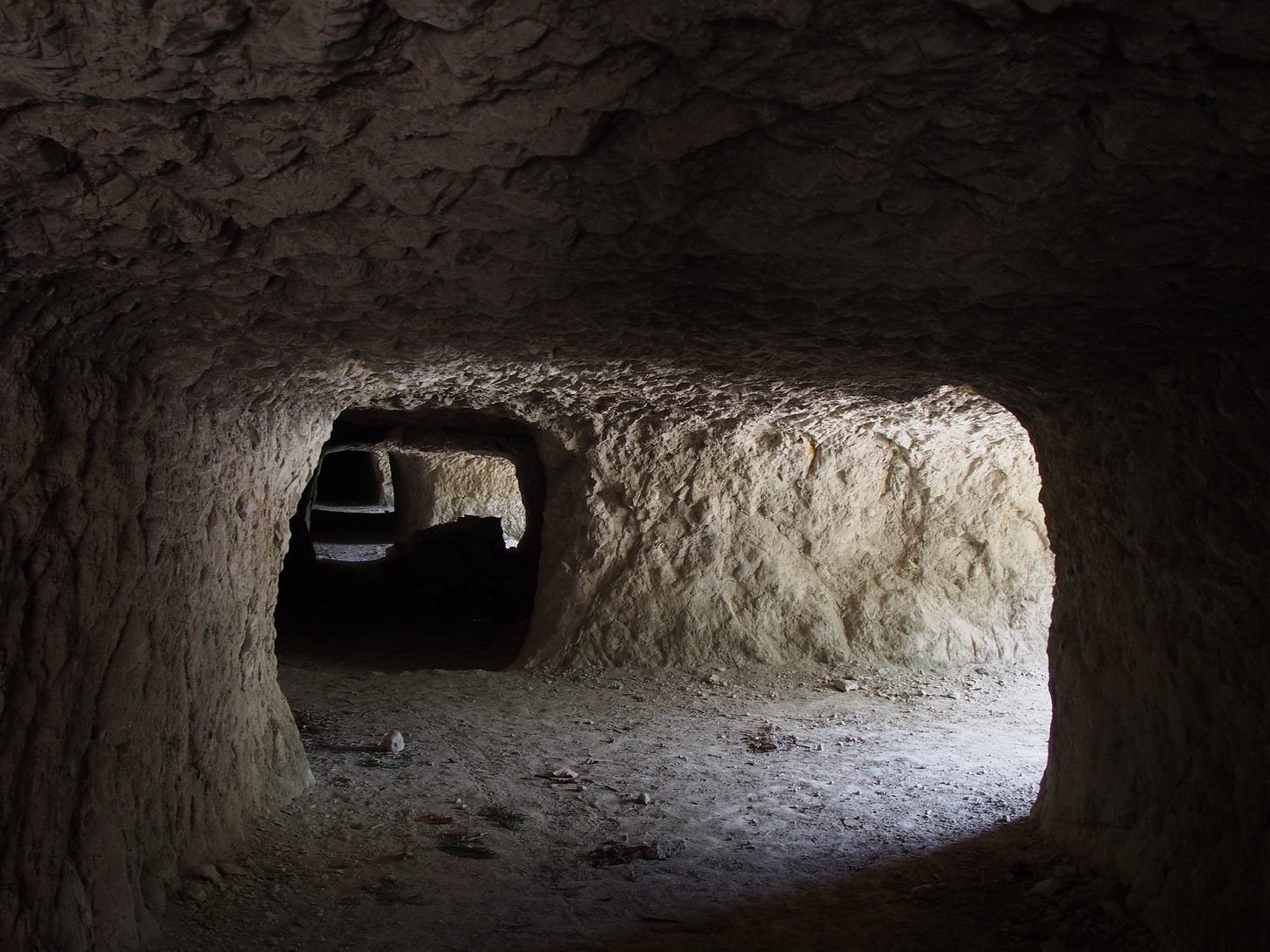
And, before all that of course, there had been centuries of Portuguese colonisation, when — as the minor colony of a minor power — neglect combined with feudalistic demands for coffee and sandalwood to lead to periodic rebellions, deaths and repression.
Despite this history of horror the Timorese seldom present their nation’s back-story as evidence of victimisation, or any sort of excuse for the country's current problems. Sometimes indeed, like the men of my father's generation in New Zealand, there is a sense of "not talking about the war", of elders wanting to spare the children from their memories and emotion. Whether this seemingly collective desire to forget the horrors is good or bad, I cannot say.
Yet, live there a while, and you will hear the tales; not often, and usually in response to some specific trigger.
It’s 2015 and I'm walking with a colleague through a street of a small town near the Indonesian border. I'm still a newbie at this stage, inclined to stare at the sights and sounds of Timor. She sees me looking at a burnt out building, the remains perhaps, of some Portuguese public office. 'My brother-in-law was burnt there', she announces, her tone seemingly as nonchalant as if pointing out a feature of the architecture. I clearly look nonplussed, so she adds in explanation, 'They put twenty youths in there and burnt the building...'.
Another day, nearly two years later. By now I think I know it all, have unlocked the culture, have the Timorese tapped. I enter the office of the director of the organisation I am working with. We'd missed a meeting yesterday because, I'd been informed, he had to attend his father’s funeral. I offer the standard commiseration, "Sorry to hear about your father passing away", but he looks at me, clearly not understanding. Then it clicks, and with a wry grin he explains. "My father died in 1977", he says, and when I look confused, he tells me the story.
His family it seems, lived in an area where the resistance forces were strong, hiding in caves and rugged jungle and periodically raiding the Indonesian military. One day the soldiers came to their village, so the women and children were sent off into the jungle to hide. When they emerged the men and youths were gone, never to be seen again.
Five years before I’d entered his office, though, a mass grave was discovered, and among the bones were some that were suspected of belonging to the director’s father. Family and ancestors are important to Timorese, so DNA testing was done. Finally the results had come back, and the remains definitively identified as his fathers. Yesterday’s"funeral" had been, in fact, a memorial ceremony to honour and inter those bones.
If not much talked about however, there are memorials to the hard times dotted everywhere around the country, the skulls at the top of this post being only one of many monuments to the dead. But not just to Timor’s own heroes and matyrs. In remote towns you will find statues to the memory of the Portuguese who died here, a cafe cum memorial to Australian fighters, and — most remarkably — a pristinely maintained graveyard dedicated to the fallen of the Indonesian military,
Doubtless the Indonesian government contributes to the upkeep of this, but there it sits, no graffiti, no vandalism, peaceful and quiet in the middle of Dili. Located indeed, directly beside another, more colourfully Catholic graveyard. Santa Cruz, where in 1991 an infamous massacre of peaceful protesters took place and where the graves of many locals who fell on that day, still lie.
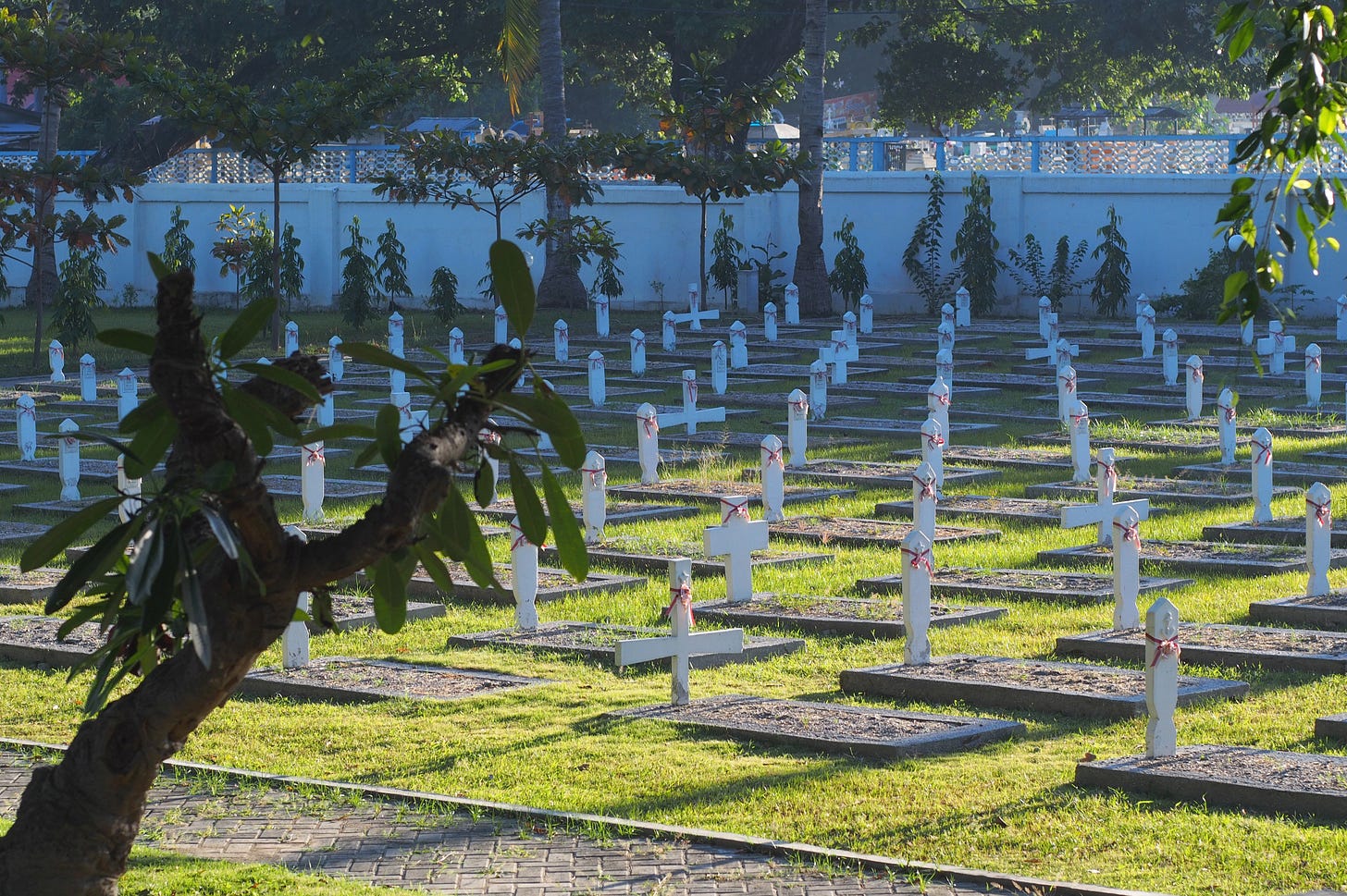
Ask, and the Timorese will, as often as not, simply tell you, "the Indonesians are our brothers. It was their generals who caused all the deaths". In a world so prone to assigning collective blame, this is quietly refreshing,
And so, fittingly for Christmas, I leave you with one final image.
In the heart of Timor, near Viqueque, one of the heartlands of the resistance, the Indonesian governor caused to be erected a huge statue, a massive Garuda/Eagle symbol on a tall plinth, competing with the spire of the local cathedral to reach the skies. Clearly meant to remind the locals they had been conquered, and who now was boss, I expect that in most countries it would have been among the first things the liberators would have pulled down, burnt or dynamited.
Instead, when I visited in 2017, it was still there. But around its base, there were the clustered huts in which groups of Timorese compete at this time of year to create extravagant nativity scenes.3 And on the statue’s base, in wild, exuberantly colourful folk-art, the locals had painted scenes of Christmas, Jesus in his cradle mixed with pictures of Father Christmas.
A symbol of might and conquest re-purposed and transformed. A message both hopeful and far more powerful than dynamite.
If you’ve enjoyed reading this post, please subscribe to “Fleeting Glances”, it’s free!
I am also the author of a serial novel, which is also free to look at or to subscribe to:
VSA - Volunteer Services Abroad, a New Zealand organisation that recruits Kiwis with needed skills to support international development projects in Timor and the Pacific.
And despite many problems, they haven’t done such a bad job. I hesitate to think what my country would be like now if, twenty years ago, we’d endured chaos on the scale that the newly independent Timor-Leste faced.
Hours of work go into these wonderfully wild and colourful imaginings of the birth of Jesus, with all sort of materials being used to construct cradles, camels, sheep and so on (my local mechanics made one almost entirely out of old tires and car parts). But the really wonderful thing is that the responsibility for a community’s nativity scene is often given to the local teenage boys - excess testosterone being thereby converted into a battle to construct the best images of Mother Mary and Jesus.


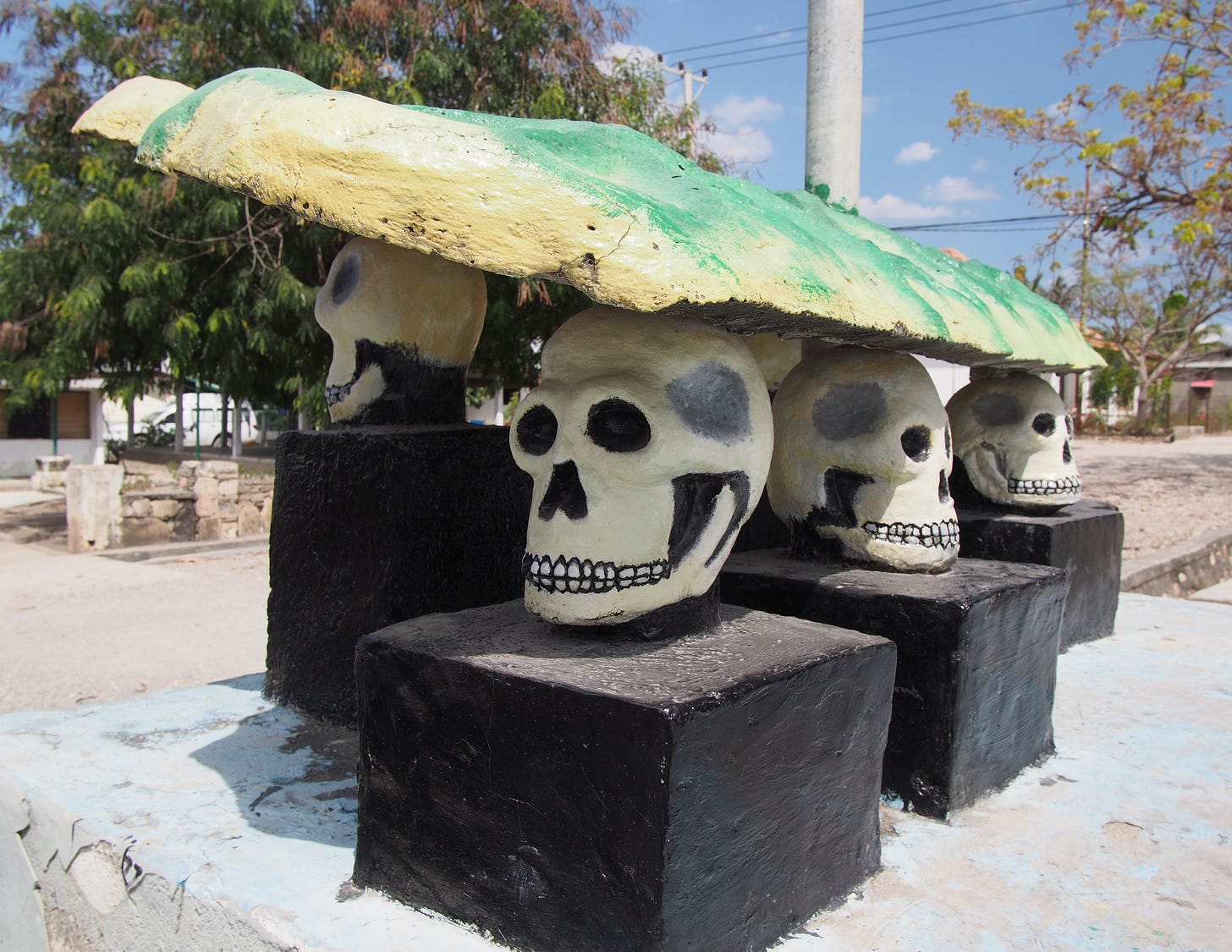
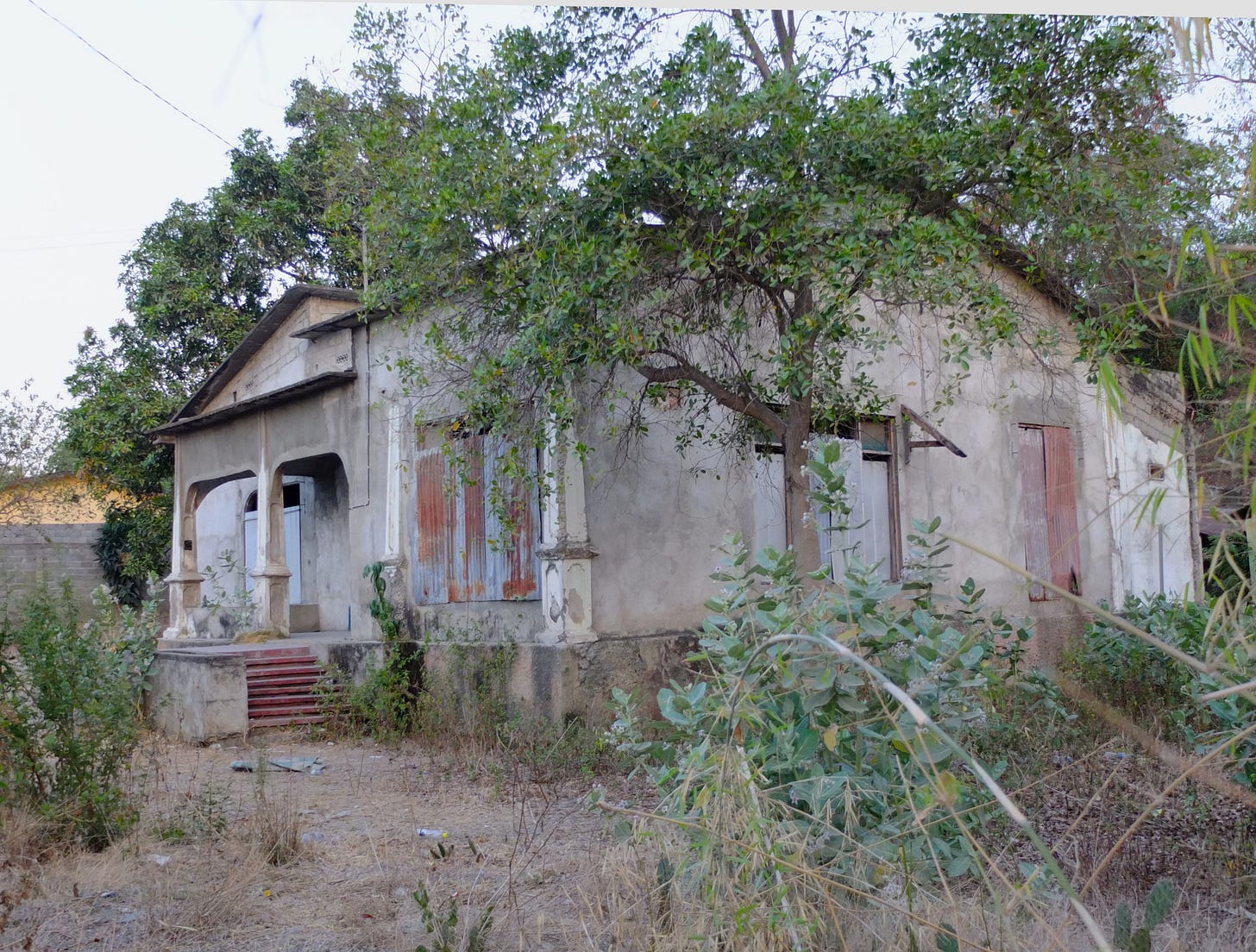
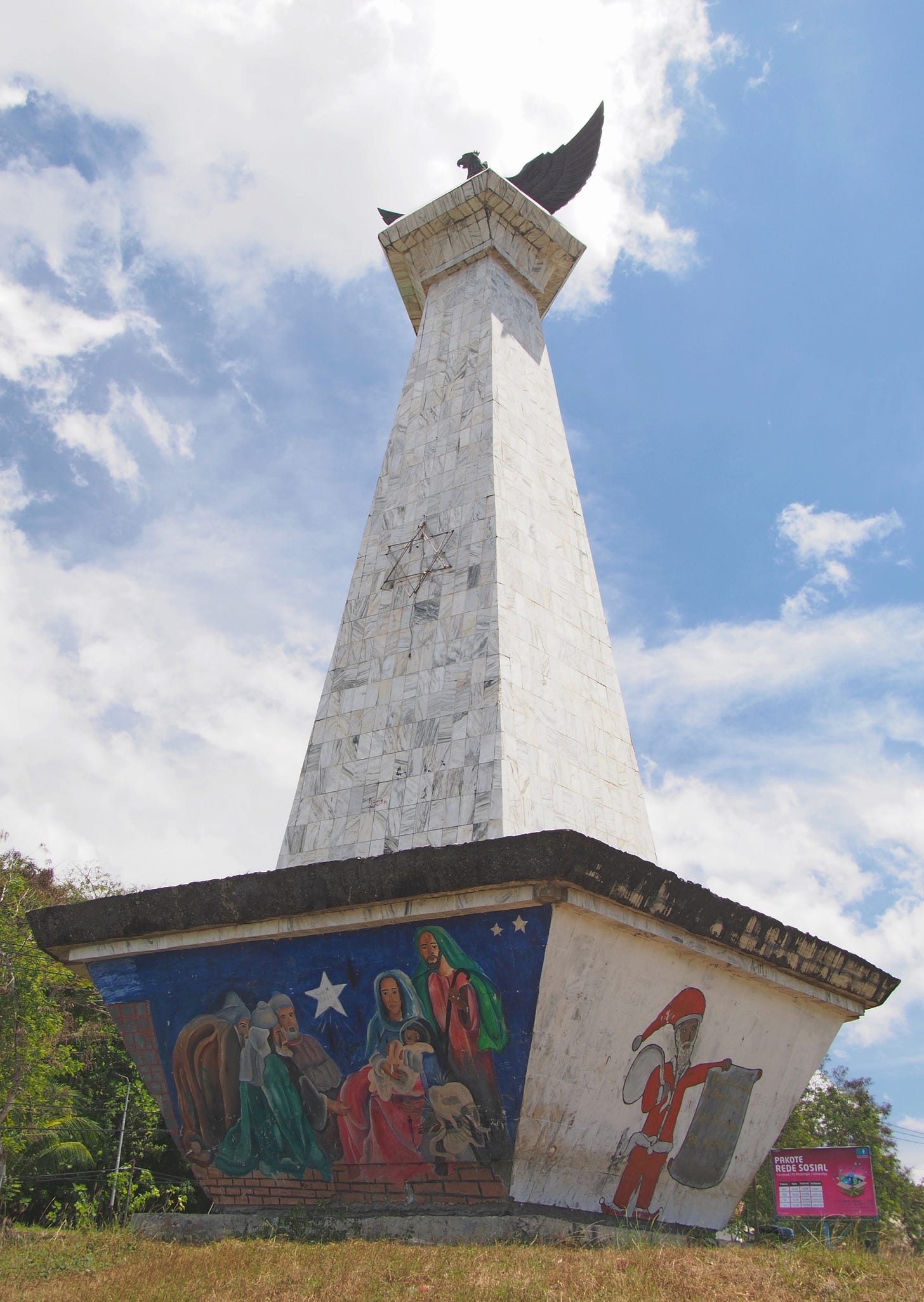

Great read, Alastair. I love stories about parts of the world that get themselves sorted out after years of conflict. I always got to see the conflict, not the sorted out part. It left quite a gap in my worldview